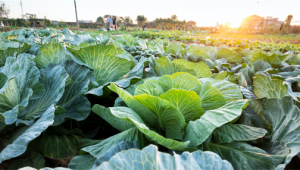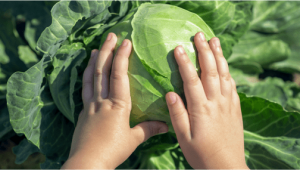How to Plant Your Cabbage
Gardening is an enjoyable activity you can do at home! You don’t need a big yard to plant and grow your cabbage. If you live in an apartment or have a small outdoor space that receives full sun for 6-8 hours per day, you can grow your cabbage in a container!
Here’s how to plant your cabbage, in the ground, in a container, or in a raised bed.







